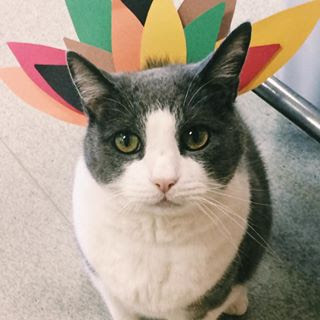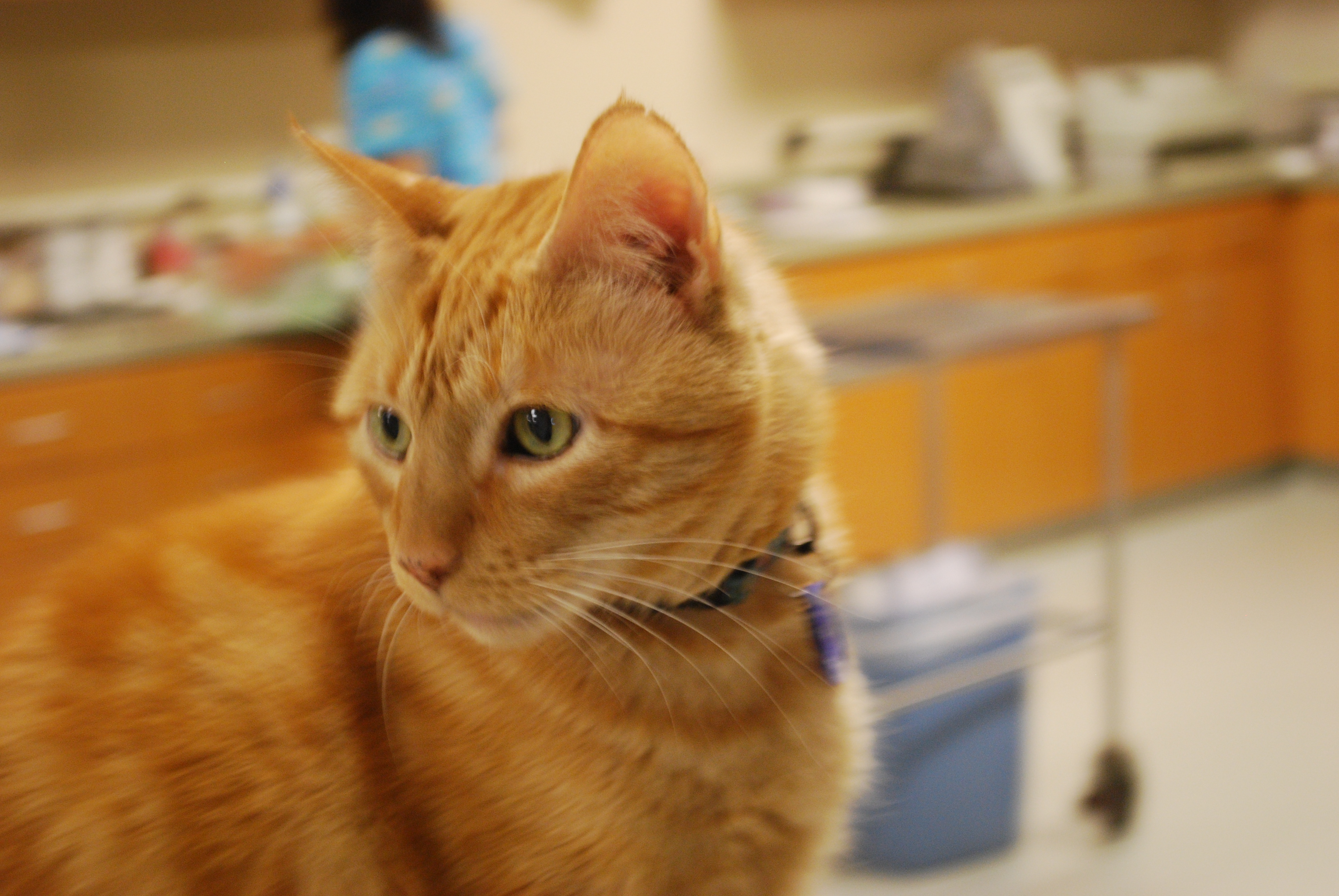
Cancer in Our Pets
November 10, 2017
Thanksgiving Hazards for Pets
November 20, 2017Perhaps you or someone you know is diabetic. But did you know that our pets can also be diagnosed with diabetes mellitus?
About Pet Diabetes:
Just like in people, there are two types of diabetes that we see in dogs and cats. One type of diabetes is where the pancreas fails to produce enough insulin. The lack of insulin production causes the body to not use glucose (sugar) as it should and glucose level climbs too high. The second type of diabetes is where the body produces some insulin, but not enough to properly control glucose levels. Pets diagnosed with diabetes can live healthy, happy lives with the proper management.
Symptoms of Diabetes:
Diagnosing a pet with this disease starts with recognizing the symptoms. Regardless of what type of diabetes, signs can include:
- Polyuria (Increased urination)
- Polydypsia (Increased water intake)
- Polyphagia (Increased appetite)
- Weight loss (Even with increased appetite)
- Weight gain
- Lethargy or decreased energy
- Cloudiness in the eyes (for dogs)
- Recurrent infections
- Slow or delayed healing
The challenge is that these symptoms could also be signs of diseases other than diabetes. A thorough discussion with your veterinarian, a physical examination, and lab testing can determine whether or not your pet truly has diabetes.
Treatment for Diabetic Pets:
In most cases diabetes is a life long disease but most patients live a normal happy life. The management of this disease does however require care and dedication from pet owners. Diabetes is typically managed by administering insulin at the same time twice daily. Insulin comes only in the injectable form for pets. The type of insulin and the amount of insulin given will depend on how your pet species, size and health status. Our team will teach the family how to properly give these injections at home.
While insulin is very important in the management of the disease, diet and exercise also play an important role in the health of a diabetic patient. It is important to discuss with your veterinarian what steps or changes you can make to your pets diet and exercise routine that may be beneficial. There are specific food formulations now that cater to diabetic patients. It is also important that exercise and weight management accompany diabetes management for your pet.
Paying close attention to what your pet eats, how much he’s eating, and how often is an important part of diabetic monitoring. If a diabetic pet stops eating or you notice a change in appetite (either an increase or a decrease) call your veterinarian right away.
Initially, when a pet starts insulin therapy, he will need to return to the hospital in 1 to 2 weeks for a blood glucose curve. A blood glucose curve is where our nursing staff will take blood glucose readings multiple times over the course of the day to see if the amount of insulin being given is appropriately regulating your pet’s blood glucose levels. The blood glucose curve is a way for your veterinarian to determine if your pet is getting too much or too little insulin. It may require several blood glucose curves in order to find your pet’s appropriate insulin dose. Regular urine testing may also be needed to help regulate your pets diabetes.
After determining your pet’s appropriate dose of insulin, monitoring your pet’s diabetes will become less frequent. The interval for blood and urine testing will be determined by your veterinarian. While your pet may experience years of diabetes control on a specific dose of insulin the dose may change at any time due to age or health status–which makes regular monitoring critical. Any change in your pet at home should be reported to your veterinarian right away.
Diabetes is a serious condition but fortunately with dedication and care it is manageable. If you have been seeing symptoms of diabetes in your pet call us right away to schedule an appointment with one of our veterinarians.

